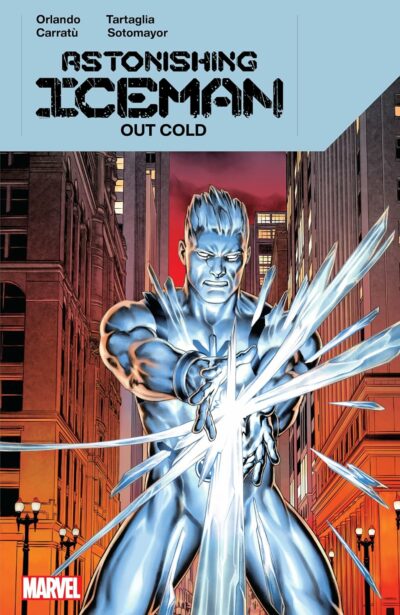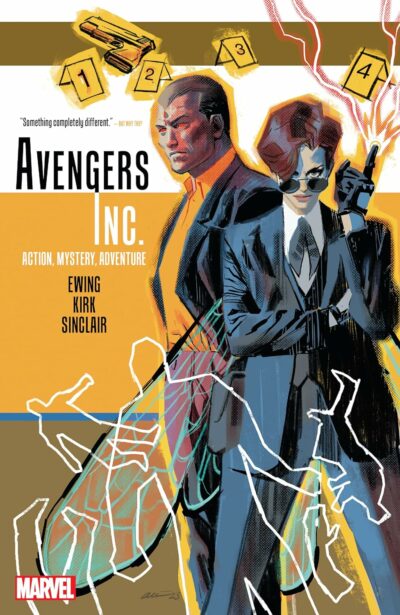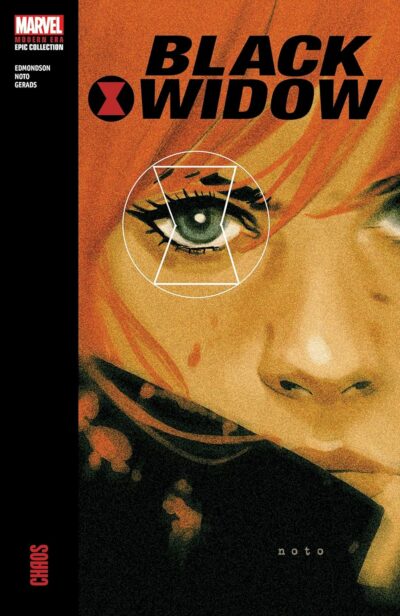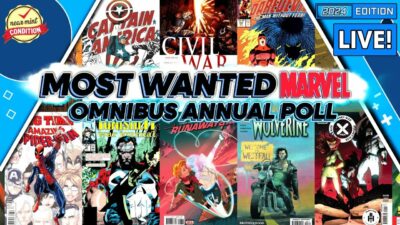It’s the 23nd new comic book day of the new year! This post covers Marvel Comics June 5 2024 releases. Missed last week’s releases? Check out last week’s post covering Marvel Comics May 29 2024 new releases.
This week in Marvel Comics: The Ultimates debut, Alpha Flight divided, Ms. Marvel’s Inhumans reunion, Lando’s verdict, a second Spencer Spidey omni, the Age of Krakoa finale, and more!
This list includes every comic and digital comic out from Marvel this week, plus collected editions in omnibus, hardcover, paperback, and digest-sized formats. I recap and review every new single issue. Plus, for every new release, I’ll point you to the right guide within my Crushing Comics Guide to Marvel Comics to find out how to collect each character in full – and, if a guide is linked from this post, that means it is updated through the present day!
Marvel Comics June 5 2024 Collected Editions
Alpha Flight: Divided We Stand
(2024 paperback, ISBN 978-1302952457 / digital)
See Guide to Alpha Flight. I really, really loved this Ed Brisson & Scott Godlweski Alpha Flight mini-series that was a part of the Fall of X fallout from the 2023 Hellfire Gala.
I have a lot of affection for the core Alpha Flight characters and Ed Brisson voiced all of them particularly well as he explored how they might be stuck on separate sides of the mutant conflict. I think this reads just fine as a standalone outside of a full-on Krakoa read, since most of these characters are non-mutants and not a big part of the past five years of X-Men.
The Amazing Spider-Man By Nick Spencer Omnibus Vol. 2
(2024 oversize hardcover, ISBN 978-1302953645 / digital)
See Guide to Spider-Man – Peter Parker (2018 – Present). This collects the final half of Nick Spencer’s run on Amazing Spider-Man (2018). I deeply disliked this comic – it felt like a Spider-Man with no jokes and no heart. I think if you are an Osborn Family superfan this would appeal to you, as it deals with a lot of the intricacies of the relationship between Norman and Harry. Otherwise, I wouldn’t recommend it.
In a curious turn of events, the next omnibus is already available – Amazing Spider-Man: Beyond Omnibus (2023 oversize hardcover, ISBN 978-1302949624 / digital), which contains the entire final portion of this run that reintroduces Ben Reilly.
Black Panther by Eve L. Ewing Vol. 2: Reign at Dusk
(2024 paperback, ISBN 978-1302948849 / digital)
See Guide to Black Panther. I was soft on this series from Dr. Ewing to start, but after the first three issues I really warmed to it and I was bummed to see it end abruptly at issue #10.
I think Ewing did something intriguing and much-needed here by defining more of the urban environment of Wakanda outside of the capital city and exploring T’Challa’s relationship to it outside of being king. Plus, she brought in strong new supporting players and villains. If you can get into a more slow, cerebral take on Black Panther that does not have the political bent of Coates’s run, this could be for you. [Read more…] about New Comics & Collected Editions Releases: Marvel Comics – June 5 2024




